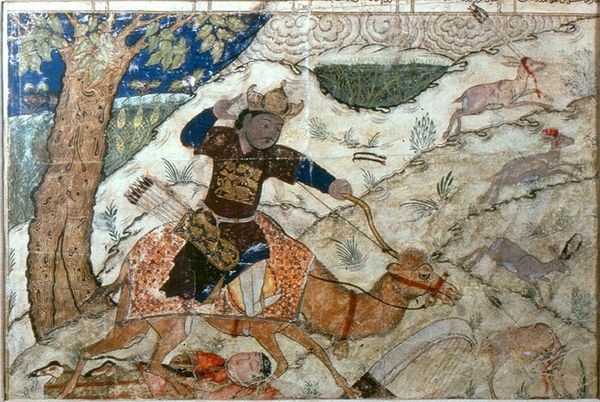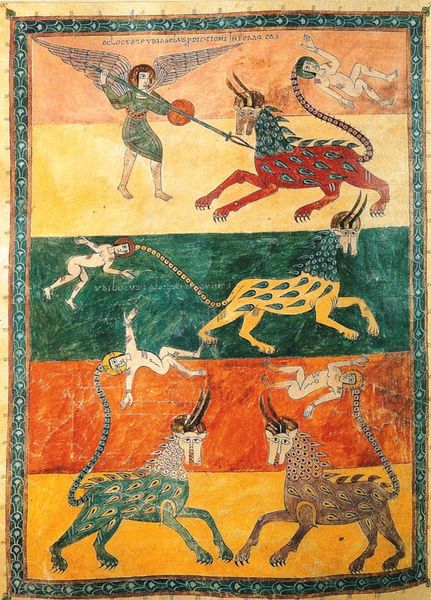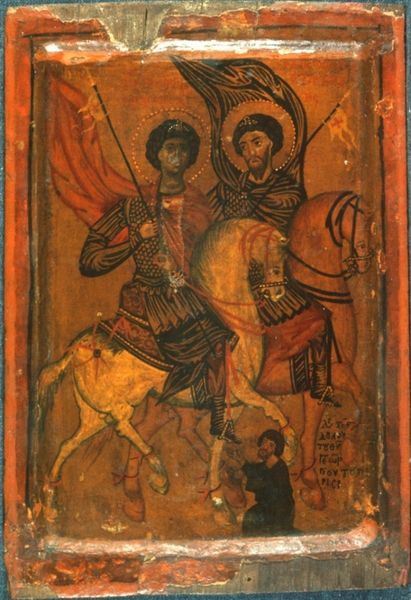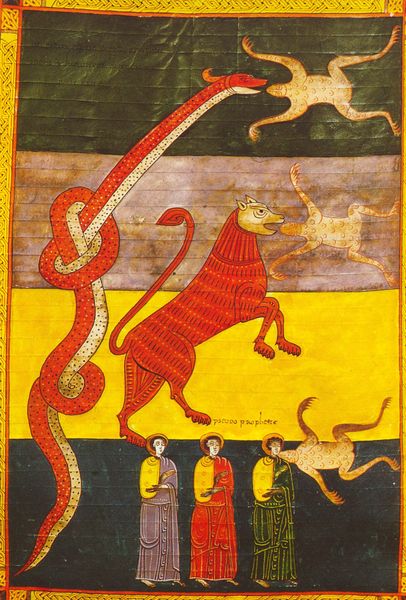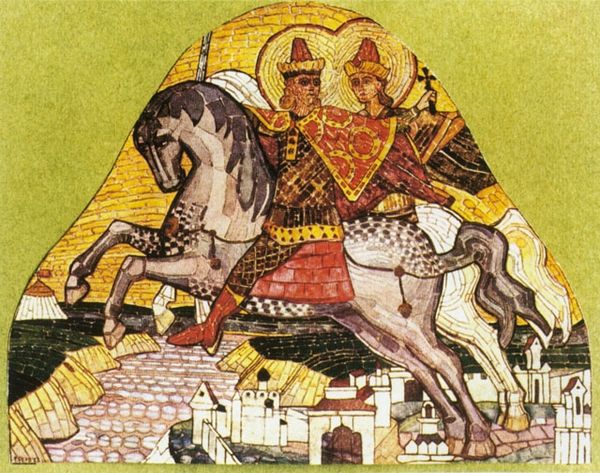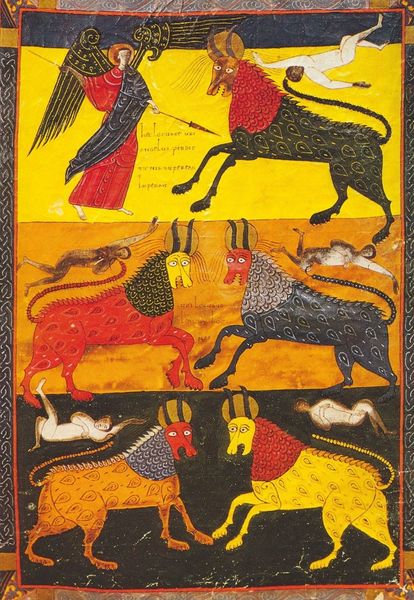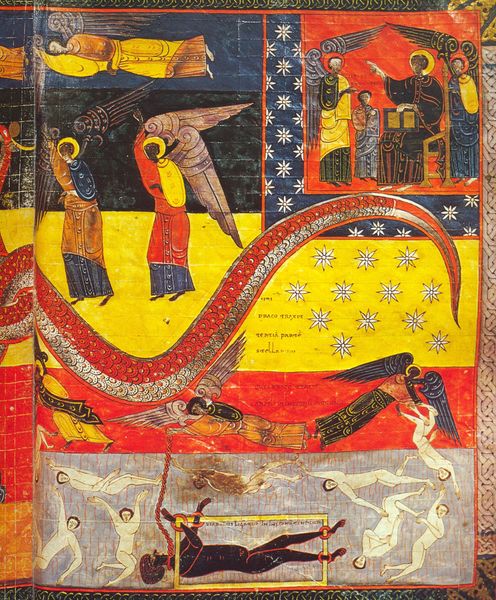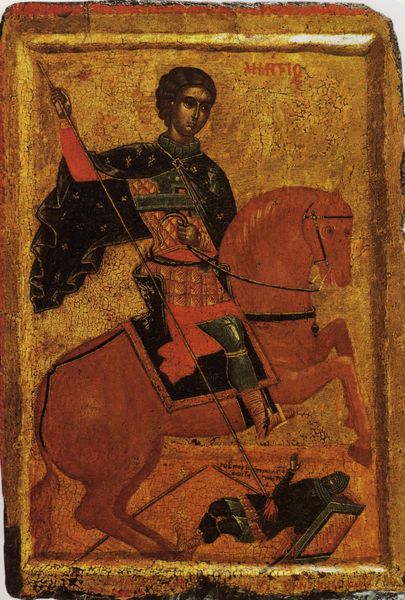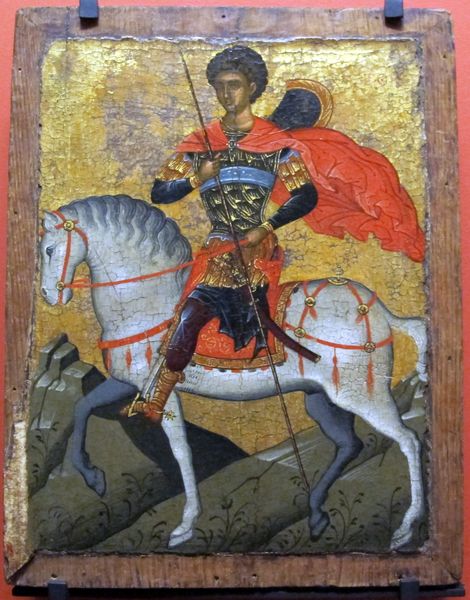
tempera, painting
#
byzantine-art
#
narrative-art
#
tempera
#
painting
#
figuration
#
history-painting
Copyright: Orthodox Icons,Fair Use
Editor: Here we have a tempera painting, "Saint George," created around 1600 by an anonymous artist affiliated with Orthodox Icons. The cracked, almost aged surface of the paint gives it a unique textural quality, it's quite fascinating. What can you tell me about this piece from your perspective? Curator: I am immediately drawn to the materiality of this icon. Notice the choice of tempera—pigments bound with egg yolk. This technique wasn’t just about achieving a certain aesthetic. It speaks volumes about the accessibility of materials in a specific time and place. How does the materiality affect your experience? Editor: It feels like the very materials are part of the story itself. There's a kind of raw, almost earthy quality to it that you wouldn't get with, say, oil paints. The layers and age of the material convey a unique cultural significance, what's your reading of its social context? Curator: Absolutely. Think about the social context: icons were devotional objects. Mass production of religious imagery shifted power dynamics. Before this point, access was controlled by the church or wealthy patrons. Does the use of readily available materials democratize religious art in some way, challenging traditional hierarchies? Editor: I hadn't thought about it that way, but it does make sense. So, by examining the tempera and perhaps the support structure, we're actually gaining insight into the societal conditions and the way people engaged with religious belief back then. Curator: Precisely. It moves beyond simply admiring an image to understanding its role as a manufactured object within a specific socio-economic framework. What did you learn from that analysis? Editor: I'm seeing it less as a beautiful image and more as a tangible artifact of its time. It has provided me with great insight of how materials and techniques directly connect with culture and potentially power structures. Thanks for your insight.
Comments
No comments
Be the first to comment and join the conversation on the ultimate creative platform.

